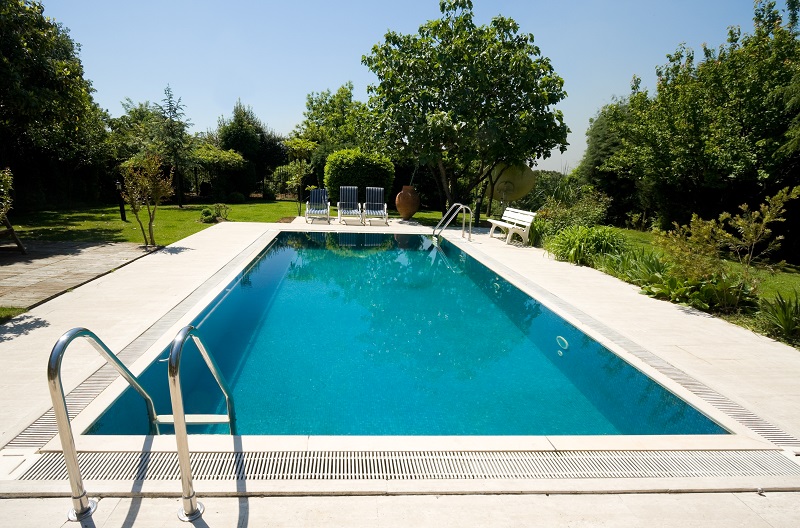Introduction: What is coping pool
If an inground swimming pool is built of concrete, it would need coping, that is an overlap for the edges surrounding the pool. Other than simply being necessary, the coping offers a chance for a decorative look, that can significantly enhance the overall appeal of the pool. When anyone who is inside the pool, hangs on to its top edge, that is the coping they are grabbing on to.
The coping is mounted on a bond beam, that covers the concrete edges and conceals the steel that is projecting from a pool’s walls. Coping even prevents the water from going behind the pool shell, as well as integrates the finish and the tiles of the swimming pool. If the coping is installed in the correct manner, then any water which is splashed outside the pool must immediately flow away from the pool and then go down into the deck drains. The coping must be slanted a little away from the pool.
The coping can be recited into straight lengths, corners or even curved sections. The stones are originally made up of the greyish-white concrete having a porous finish. In line with the coping stones, some of the pool designs have concrete or even wood decking which extends to reach or goes a little over the edge of the pool. The materials included in the coping are brick, flagstone, or synthetic decking.
The Purposes of pool coping
Along with the purpose of serving as a decorative edge, which can conceal the pool’s concrete edges, the coping offers a nonskid surface on which the swimmers can easily walk.
Coping being done for a concrete swimming pool can be created from materials such as tile, natural stone, as well as precast concrete.
The brands who make pavers, as well as the products for the pool decks even have different kinds of pool edging materials as well as pool copings — such as the bullnose styles — which helps to achieve a seamless appearance between the pool and the deck.

Types of Coping for Vinyl Pools
The inground pools are many times sold as a package or as a DIY kit by the dealers or by some of the builders. The pool coping for these kinds of a pool, generally vinyl-lined, include three major types. They can be described as follows:
- The Top-Mount Coping: This is the most common type of coping for the vinyl inground. It is also called as a C-channel or a half-round coping. It is made of heavy aluminium with a strong powder-coated all-weather finishing. The top-mount can be used as the form in order to pour out the pool deck up against it. After the coping has been attached to the pool wall, it is ready for use.
- The Cantilever-Edge Coping: The foam that forms are secured at top of a wall, then the concrete deck is poured up into the form, in order to create a deck which comes right up and above the pool’s corner. The concrete may be decorated by stamping or staining.
- The Flat-Mount Coping: This type of coping is not actually coping, but it is a track in order to contain the pool liner, at the top of it is mounted as an elder coping stone.
TAlternative Idea of Coping

If one doesn’t like the idea of coping, then the pool’s concrete or the wooden decking can be made larger to extend slightly above the edge of the pool, going all the way surrounding its perimeter. This helps in creating a smooth and seamless look, that is seen in the yards of the modern and the custom homes.

